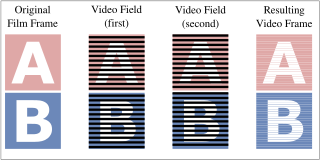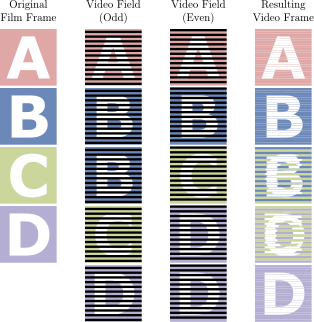Advertisement
If you have a new account but are having problems posting or verifying your account, please email us on hello@boards.ie for help. Thanks :)
Hello all! Please ensure that you are posting a new thread or question in the appropriate forum. The Feedback forum is overwhelmed with questions that are having to be moved elsewhere. If you need help to verify your account contact hello@boards.ie
Noob question: Upscaling -whats the big deal ?
Options
-
19-11-2010 7:06pm#1
Comments
-
-
-
-
-
-
Advertisement
-
-
-
-
-
-
Advertisement
-
-
This discussion has been closed.
Advertisement
 HD Image
HD Image Simple upscale from SD (Cheap HDTV)
Simple upscale from SD (Cheap HDTV) Simple upscale from Advanced Down conversion to SD (i.e. DVD or video antialiased from Film) (Cheap HDTV)
Simple upscale from Advanced Down conversion to SD (i.e. DVD or video antialiased from Film) (Cheap HDTV) Advanced upscale from SD, i.e. RTE end upscale, or high quality HDTV
Advanced upscale from SD, i.e. RTE end upscale, or high quality HDTV Advanced upscale from Advanced Down conversion to SD i.e. RTE end upscale or Quality HDTV from 720 source that was antialised from HD (or Film) originally.
Advanced upscale from Advanced Down conversion to SD i.e. RTE end upscale or Quality HDTV from 720 source that was antialised from HD (or Film) originally. 

